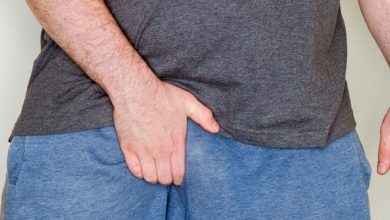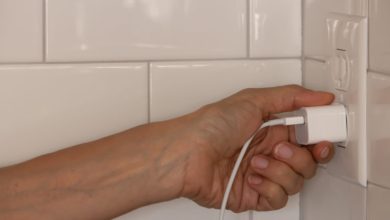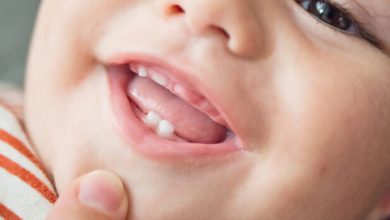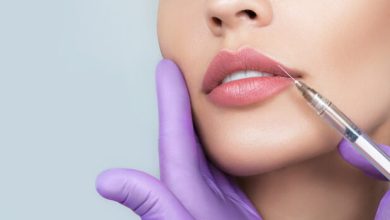How to Safely Remove Trypopobia-Inspired Makeup
Trypophobia-inspired makeup — characterized by the appearance of clustered holes or textured patterns resembling honeycombs or lotus pods — has become increasingly popular in special effects and horror makeup. While the effect is visually compelling for artistic and cinematic purposes, the removal process requires special care due to the intensity of the materials often used and the potential discomfort it can cause for those with trypophobia.
If you’ve used or applied this kind of makeup, here’s a step-by-step guide to safely and effectively remove it while minimizing skin irritation and discomfort.
What You’ll Need
- Oil-based makeup remover or special effects makeup remover
- Cotton pads or soft cloths
- Gentle facial cleanser
- Warm water
- Soft towel
- Moisturizer
- Optional: witch hazel or soothing toner
Step-by-Step Removal Process
1. Start with Clean Hands
Before touching your face or anyone else’s, wash your hands thoroughly to prevent the spread of bacteria or dirt to your skin.
2. Break Down the Makeup with an Oil-Based Remover
Trypophobia makeup often uses heavy-duty materials like latex, silicone prosthetics, or cream paints. Apply an oil-based remover generously over the area using your hands or a cotton pad. Gently massage in circular motions to begin breaking down the makeup layers.
Tip: If you used spirit gum or prosthetic adhesive, use a dedicated adhesive remover like isopropyl myristate or a brand-specific solvent (e.g., Pros-Aide remover).
3. Carefully Peel Off Prosthetics (If Used)
If your look involved prosthetics, slowly lift the edges and peel them away with gentle pressure. Use more remover underneath as needed to reduce pulling on the skin.
Warning: Never rip prosthetics off forcefully — this can damage your skin and cause microtears.
4. Wipe Off Residue
Use a clean cotton pad or soft cloth to wipe away the loosened makeup and prosthetic pieces. Repeat the oil remover if needed until most of the product is gone.
5. Cleanse Your Face
Follow up with a gentle facial cleanser and warm water to remove any lingering oils and pigments. Avoid harsh exfoliants or scrubs as your skin may be sensitive after heavy makeup removal.
6. Soothe and Moisturize
Pat your skin dry with a soft towel. Apply a soothing toner or witch hazel if desired to calm any redness or irritation. Finish with a fragrance-free moisturizer to rehydrate your skin.
Additional Tips
Perform a Patch Test: Always test makeup and remover products on a small skin area before full application, especially if you have sensitive skin.
- Avoid Over-Cleansing: Too much washing can strip your skin of natural oils. Stick to gentle products.
- Take Breaks Between Uses: Allow your skin to recover after wearing heavy makeup or prosthetics.
- See a Dermatologist: If you experience persistent redness, itching, or breakouts after removal, consult a skin care professional.
Final Thoughts
Removing trypophobia-inspired makeup can be just as important as applying it — for both your skin’s health and your mental comfort. By using the right techniques and products, you can ensure a smooth, irritation-free experience that respects both the artistry and your well-being.
If you’re particularly sensitive to trypophobic imagery, consider using less intense designs or working with makeup artists who understand how to balance effect with comfort.












